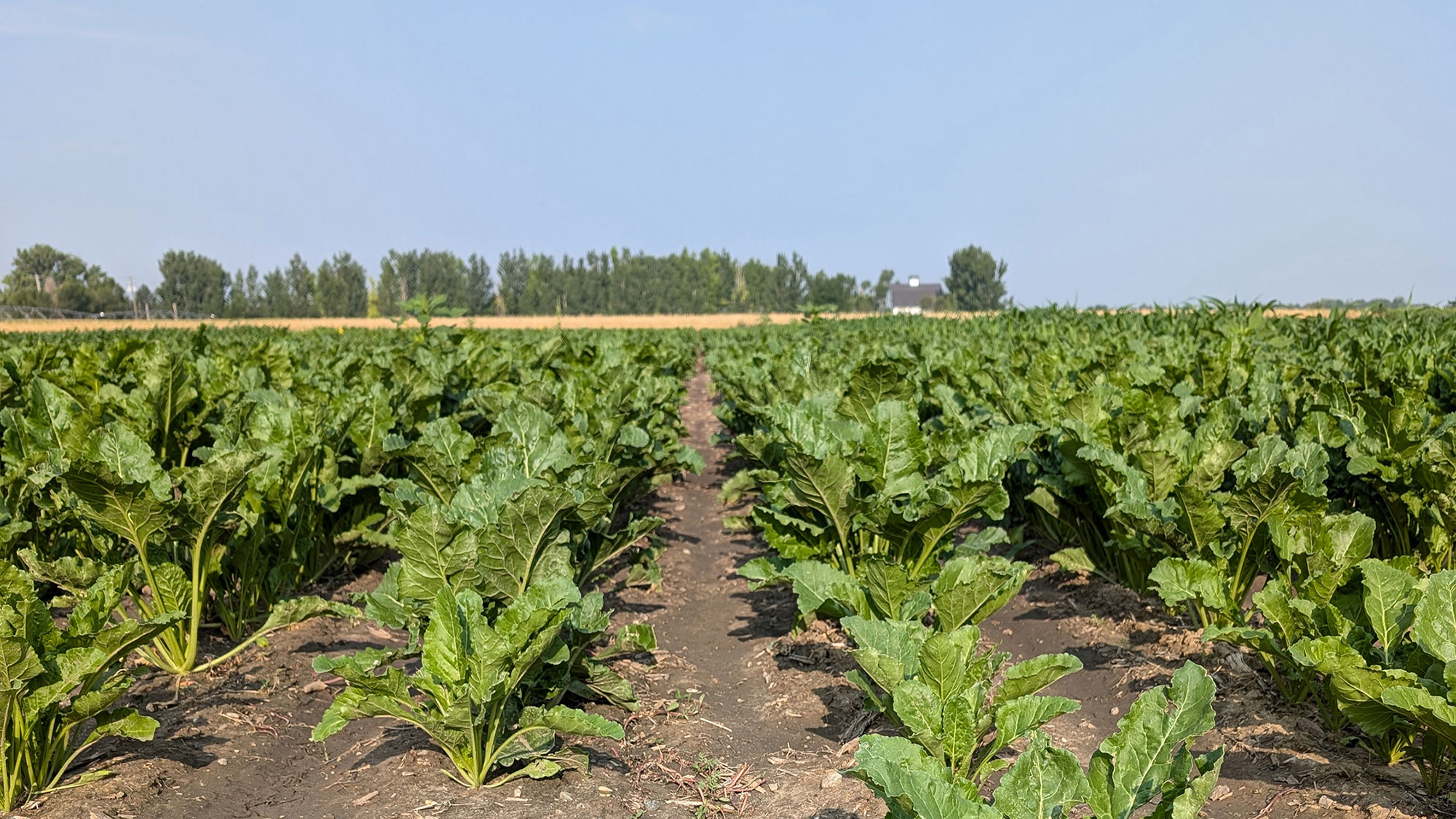
By Geitner Simmons | IANR Media
The University of Nebraska–Lincoln has received two federal grants totaling $1.7 million to build on the university’s environmental sustainability work on two issues: nitrogen management for sugar beet production, and alley cropping, an agroforestry practice involving the planting of trees or shrubs alongside crops.
The funds are part of $90 million in Conservation Innovation Grants awarded through the U.S. Department of Agriculture’s Natural Resources Conservation Service.
A $1,116,149 grant will support Husker research for environmentally sustainable nitrogen management for sugar beet production in Nebraska and Colorado. In addition, Husker researchers will use $682,335 in USDA funding to study alley cropping as a sustainable land use strategy in the Midwest.
“UNL’s longstanding history of being one of the country’s premier land-grant research institutions, specifically when it comes to innovation in agronomical research and sustainability practices throughout the state of Nebraska’s diverse ag markets, makes them a solid recipient to administer these Conservation Innovation Grant funds,” said Rob Lawson, NRCS state conservationist for Nebraska.
The grants “will benefit Nebraska producers and further UNL’s studies in western sugar beet production and alley cropping’s potential as a sustainable land use strategy,” Lawson said.
For the sugar beet project, the university will partner with the Western Sugar Cooperative and work with 50 growers to assess best practices for nitrogen management, aiming to boost sugar yield and promote environmental sustainability. The grant is part of USDA’s efforts to support on-farm research trials.
Bijesh Maharjan, associate professor of agronomy and horticulture at Nebraska, is co-primary investigator for the project. He is stationed at the Panhandle Research and Extension Center and works directly with Nebraska sugar producers. Co-primary investigator for the project is Rebecca Larson, chief scientist and vice president of governmental affairs with Western Sugar Cooperative.
Nebraska Extension has longstanding collaborative relationships with the state’s sugar beet sector. This new project is built on the small plot scale study conducted by Maharjan and reported in Agronomy Journal.
Nitrogen application for sugar beets necessitates careful management. Too low an application can stunt proper root growth. Too much nitrogen results in an inadequate concentration of sucrose.
Soil testing is crucial in determining the existing nutrient level. Sugar beet producers will be encouraged to use soil tests to optimize nutrient input.
Under the USDA grant, producers will receive incentive payments to offset the risk of implementing innovative approaches.
NRCS will use the results of this and other grant-funded on-farm trials to consider adjustments to the service’s guidance documents and conservation assistance.
The alley cropping project will incorporate producer and landowner preferences to demonstrate tree-crop combinations that create best-case scenarios. Researchers will analyze the resilience of alley cropping in the wake of climate-related events such as drought and wildfires. The university also will “investigate policy and tax programs that favor agroforestry and alley cropping in the U.S. Midwest,” according to the USDA.
The blending of agronomic and forestry practices through alley cropping can produce benefits regarding soil conservation, nutrient cycling and water management.
In 2022, USDA’s National Agricultural Statistics Service for the first time began compiling a national survey about agroforestry practices by U.S. producers. About 200 Nebraska farmers and ranchers participated in the survey, which asked about practices such as alley cropping, windbreaks, silvopasture and riparian forest buffers.
“With collaboration between the University of Nebraska, USDA’s Agricultural Research Service and NRCS, we have shown that voluntary conservation works,” Lawson said. “We remain committed to working with farmers, ranchers and many other Nebraska partners to leverage our resources to increase sustainable production benefits through voluntary conservation efforts.”
More details at: https://go.unl.edu/48xa